Introduction
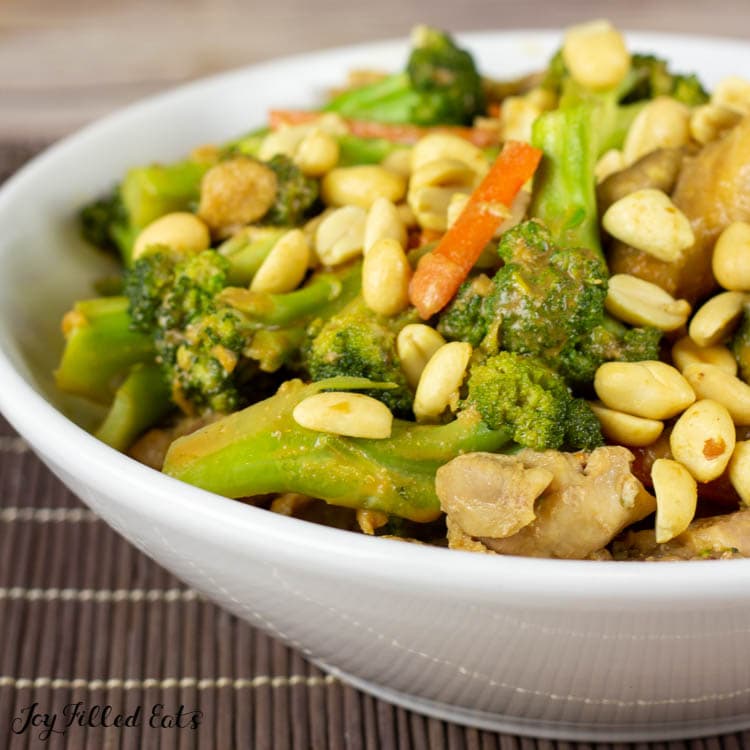
Peanuts are not only a popular snack, but also a versatile ingredient that adds a nutty twist to Thai cuisine. With their unique flavor and texture, peanuts have become an essential component in various Thai dishes, from sauces and salads to noodle dishes and desserts. Incorporating peanuts in Thai cuisine not only enhances the taste and aroma of the dishes, but also provides numerous health benefits. In this article, we will explore the different ways peanuts are used in Thai cooking and discover the delightful flavors they bring to traditional Thai recipes. So, let’s stay fresh with peanut and elevate our dishes to new heights!
Overview Of Using Peanuts In Thai Cuisine
Peanuts play a significant role in Thai cuisine, adding a distinct flavor and texture to a variety of dishes. They are commonly used as a key ingredient in sauces, salads, noodle dishes, and desserts. The savory and nutty profile of peanuts complements the spiciness and freshness of Thai flavors, creating a harmonious balance. Peanuts are often ground into a smooth peanut sauce, which is a staple in Thai cooking. Their versatility allows them to be used in both sweet and savory dishes, making them an essential component of Thai culinary culture.
Health Benefits Of Incorporating Peanuts In Thai Dishes
Incorporating peanuts in Thai dishes doesn’t just add flavor; it also brings numerous health benefits. Peanuts are a great source of protein, fiber, and healthy fats, making them a nutritious addition to any meal. They are also rich in antioxidants, which can help protect against chronic diseases. Additionally, peanuts contain vitamins and minerals like vitamin E, magnesium, and potassium, which are essential for overall health and well-being. By including peanuts in Thai cuisine, you not only enhance the taste but also boost the nutritional value of your dishes.
Peanut Sauce In Thai Cuisine
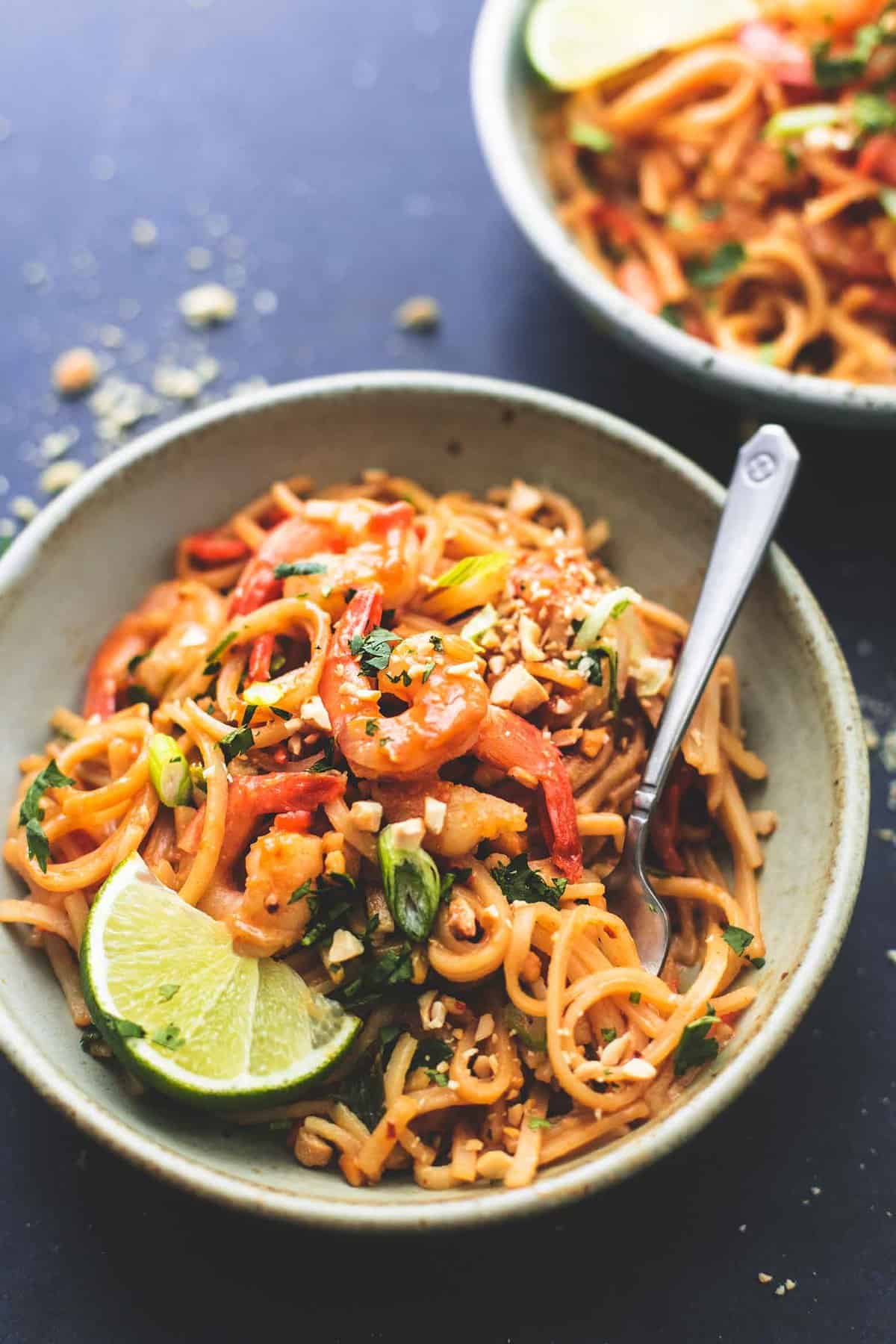
Peanut sauce is a staple in Thai cuisine, adding a burst of flavor to many traditional dishes. Made with a combination of peanuts, coconut milk, spices, and other ingredients, it creates a creamy and tangy sauce that perfectly complements the vibrant flavors of Thai cuisine. The sauce is commonly used in dishes like satay, stir-fries, and noodle dishes, adding depth and richness to the overall taste. Whether it’s a traditional peanut sauce recipe or a variation with added ingredients like chili or tamarind, incorporating peanut sauce in Thai cuisine is a delicious way to elevate your dishes.
Traditional Thai Peanut Sauce Recipe
To make a traditional Thai peanut sauce, start by mixing together ½ cup of unsweetened coconut milk, a few tablespoons of minced garlic, and a teaspoon of grated ginger. Whisk or blend the ingredients until smooth, creating a creamy base. Next, add in ¾ cup of peanut butter, 2 tablespoons of soy sauce, 2 tablespoons of lime juice, and a pinch of sugar or honey for sweetness. Mix thoroughly until well combined. The result is a rich and flavorful peanut sauce that can be used in a variety of Thai dishes, adding a burst of nutty deliciousness. Enjoy!
Variations Of Peanut Sauce In Different Thai Dishes
Peanut sauce is a versatile ingredient in Thai cuisine and can be used in various dishes, each with its own unique twist. In Pad Thai, peanut sauce is mixed with tamarind paste, fish sauce, and lime juice to create a tangy and savory flavor. In Satay, it is combined with coconut milk, lemongrass, and spices for a rich and creamy marinade. For fresh spring rolls, peanut sauce is mixed with hoisin sauce, garlic, and chili paste, adding a sweet and spicy kick. These variations of peanut sauce add depth and dimension to Thai dishes, enhancing their overall taste and appeal.
Peanut Salad In Thai Cuisine
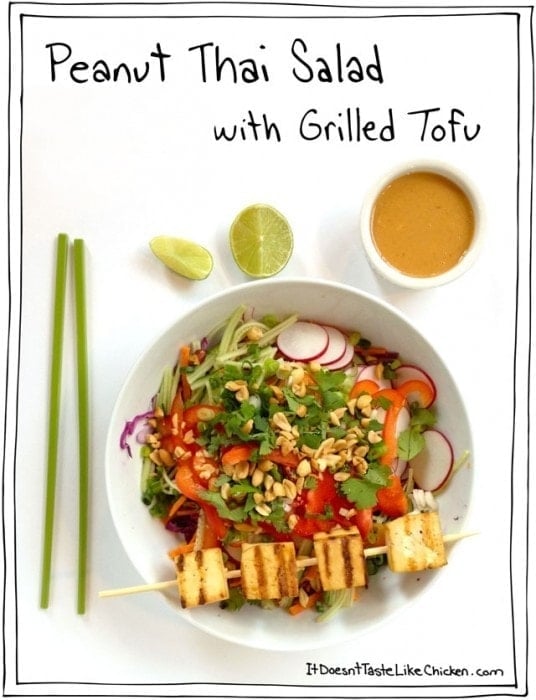
Peanut Salad in Thai Cuisine is a popular and refreshing dish that showcases the versatility of peanuts. This salad typically features a medley of crunchy vegetables such as cabbage, carrots, and bell peppers, along with fresh herbs like cilantro and mint. The star of the show is the creamy peanut dressing, which is made with a combination of peanut butter, soy sauce, lime juice, and spices. The dressing adds a rich and nutty flavor to the salad, while the vegetables provide a satisfying crunch. Enjoy this vibrant and healthy salad as a side dish or a light meal.
Thai Peanut Salad Ingredients And Preparation
To make a delicious Thai peanut salad, you will need a variety of fresh and vibrant ingredients. The salad typically includes crunchy cabbage, shredded carrots, colorful bell peppers, and a generous handful of fresh herbs like cilantro and mint. For the peanut dressing, you will need peanut butter, soy sauce, lime juice, honey or agave syrup, garlic, ginger, and a dash of chili flakes for some heat. To prepare the salad, simply toss all the vegetables and herbs together in a large bowl, and then whisk together the ingredients for the peanut dressing in a separate bowl. Pour the dressing over the salad and toss until well coated. Serve the salad as a refreshing side dish or add grilled tofu or shrimp for a complete meal.
Nutritional Value Of Peanut Salads In Thai Cuisine
Peanut salads in Thai cuisine not only offer a delicious burst of flavors, but they also provide a range of nutritional benefits. These salads are typically packed with fresh vegetables and herbs, offering a variety of vitamins and minerals. Peanuts themselves are a great source of protein, healthy fats, and fiber. They also contain antioxidants and other beneficial compounds that promote heart health and help reduce inflammation. Additionally, peanut salads are a great way to incorporate plant-based protein into your diet, making them a satisfying and nutritious choice.
Peanut Noodle Dishes In Thai Cuisine
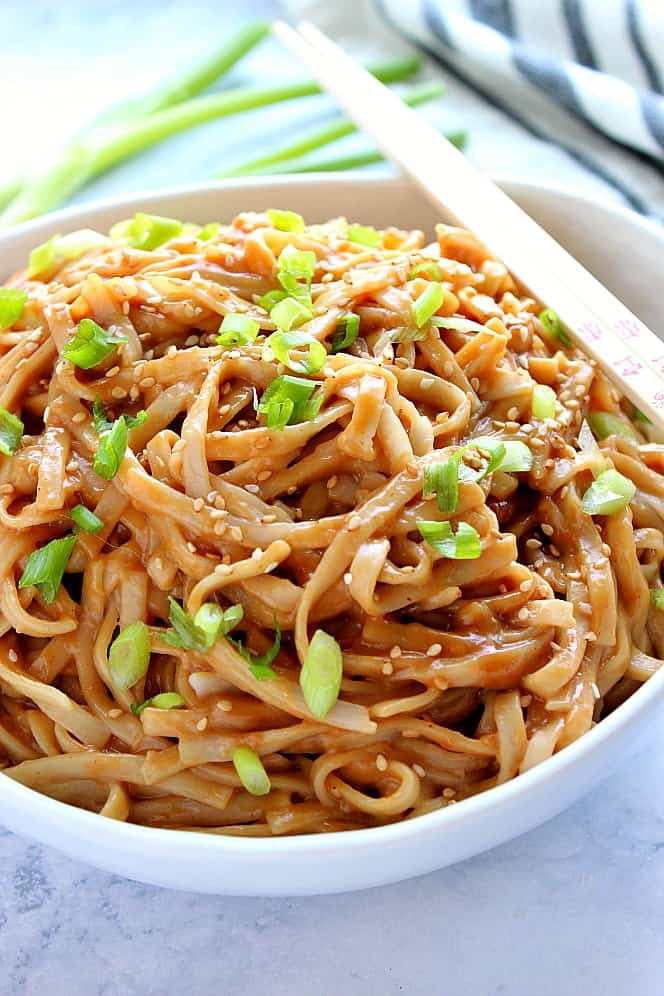
Thai cuisine is known for its flavorful and satisfying noodle dishes, and peanuts are often incorporated to add a delightful nutty twist. Popular Thai peanut noodle dishes include Pad Thai, which features stir-fried rice noodles tossed with peanuts, bean sprouts, tofu or shrimp, and a tangy peanut sauce. Another delicious option is Drunken Noodles, where wide rice noodles are cooked with Thai basil, bell peppers, and peanuts for a spicy and savory combination. These peanut noodle dishes not only offer a unique taste but also provide the nutritional benefits of peanuts, making them a tasty and nutritious choice.
Popular Thai Peanut Noodle Dishes
Popular Thai cuisine offers a variety of delicious peanut noodle dishes that are loved by food enthusiasts worldwide. One renowned dish is Pad Thai, a flavorful combination of stir-fried rice noodles, bean sprouts, and either tofu or shrimp, all tossed with a tangy peanut sauce. Another popular choice is Drunken Noodles, featuring wide rice noodles cooked with Thai basil, bell peppers, and peanuts, creating a spicy and savory flavor profile. These dishes showcase the perfect balance of sweet, tangy, and nutty flavors, making them a must-try for peanut and noodle lovers alike.
Creative Ways To Incorporate Peanuts Into Noodle Recipes
Peanuts can be used in a variety of creative ways to add a delicious nutty flavor and crunch to noodle dishes. Here are a few ideas:
- Peanut Butter Noodles: Mix peanut butter with soy sauce, lime juice, and sriracha to create a creamy peanut sauce for your noodles.
- Peanut-Encrusted Noodles: Crush roasted peanuts and sprinkle them on top of your cooked noodles for an extra texture and flavor.
- Peanut Stir-Fry: Sauté peanuts with vegetables and noodles in a wok for a tasty and nutritious stir-fry dish.
- Peanut Pad Thai: Add crushed peanuts as a garnish on top of traditional Pad Thai noodles for an authentic Thai taste.
- Peanut Noodle Salad: Toss cooked noodles with shredded vegetables, sesame oil, and crushed peanuts for a refreshing and satisfying salad.
By incorporating peanuts in these creative ways, you can elevate the flavors of your noodle recipes and enjoy the delicious taste of Thai cuisine.
Peanut Desserts In Thai Cuisine
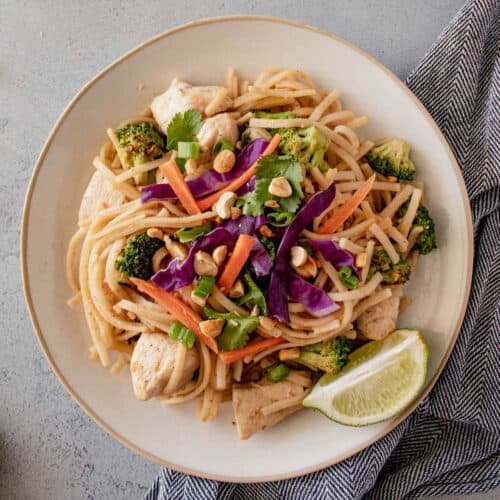
Thai cuisine offers a delightful array of sweet treats that feature the rich and nutty flavor of peanuts. One popular dessert is “Khao Niew Ma-Muong,” which is sticky rice drizzled with a sweet coconut sauce and sprinkled with crushed peanuts. Another indulgent dessert is “Tua Tord,” which are crispy fried mung bean balls coated in caramel and crushed peanuts. Thai cuisine also boasts unique peanut-based ice creams and puddings, such as “Tua Phu” made from mung beans and “Khanom Tua” made from peanuts and coconut milk. These peanut desserts offer a satisfying end to any Thai meal.
Sweet Thai Treats Featuring Peanuts
Thai cuisine offers a delectable array of sweet treats that showcase the rich and nutty flavor of peanuts. Indulge in the delightful “Khao Niew Ma-Muong,” a dessert consisting of sticky rice drizzled with a sweet coconut sauce and adorned with crushed peanuts. Another mouthwatering option is “Tua Tord,” crispy fried mung bean balls coated in caramel and sprinkled with crushed peanuts. Additionally, Thai cuisine boasts unique peanut-based ice creams and puddings, such as “Tua Phu” made from mung beans and “Khanom Tua” made from peanuts and coconut milk. These peanut-infused desserts provide a satisfyingly sweet conclusion to any Thai meal.
Unique Peanut-based Desserts In Thai Culinary Culture
In addition to incorporating peanuts into savory dishes, Thai culinary culture also boasts a variety of unique peanut-based desserts. One such dessert is “Khao Niew Ma-Muong,” a heavenly combination of sticky rice drizzled with a sweet coconut sauce and adorned with crushed peanuts. Another indulgent treat is “Tua Tord,” crispy fried mung bean balls coated in caramel and sprinkled with crushed peanuts. Thai cuisine also offers delightful peanut-based ice creams and puddings, like “Tua Phu” made from mung beans and “Khanom Tua” made from peanuts and coconut milk. These desserts perfectly balance sweetness with the nutty richness of peanuts, delighting the taste buds with every bite.
Conclusion
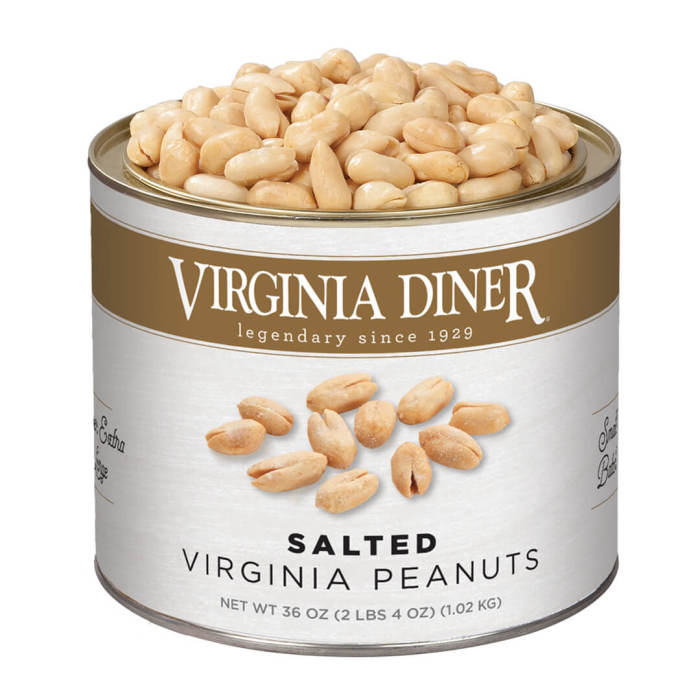
In conclusion, incorporating peanuts in Thai cuisine not only adds a delicious nutty flavor but also brings numerous health benefits. From peanut sauce to salads, noodle dishes, and desserts, peanuts offer endless possibilities for creating vibrant and flavorful Thai dishes. The versatility of peanuts allows for creative adaptations, while their high nutrient content adds an extra boost of nourishment. So, the next time you’re cooking Thai food, don’t forget to stay fresh with peanuts and elevate your dishes with a nutty twist. Your taste buds and your health will thank you.
Benefits Of Including Peanuts In Thai Cuisine
Including peanuts in Thai cuisine offers numerous benefits. Firstly, peanuts are a great source of protein, healthy fats, and various vitamins and minerals. They also contain antioxidants that can help reduce inflammation and promote overall health. Additionally, peanuts add a delightful nutty flavor and a crunchy texture to dishes, enhancing the dining experience. They can also be a great alternative to meat for those following a vegetarian or vegan diet. Overall, incorporating peanuts in Thai cuisine not only adds flavor and texture but also boosts the nutritional value of the dishes.
Tips For Enhancing Flavors When Cooking With Peanuts
When cooking with peanuts, there are several tips to enhance their flavors. Firstly, roasting the peanuts before adding them to the dish can bring out their natural nuttiness and enhance their crunchiness. Toasting them in a dry pan or in the oven for a few minutes can make a significant difference in flavor. Additionally, adding a sprinkle of salt or a dash of soy sauce can enhance the savory notes of the peanuts. The combination of sweet, salty, and nutty flavors can create a delicious balance in your Thai dishes. Lastly, incorporating fresh herbs like cilantro or Thai basil can add a refreshing and aromatic element to the dish, complementing the flavors of the peanuts.
FAQ About Stay Fresh With Peanut: Incorporating Peanuts In Thai Cuisine
Q: Can peanuts be a healthy addition to Thai dishes?
A: Yes, peanuts are a good source of protein, healthy fats, and essential nutrients, making them a nutritious addition to Thai cuisine when consumed in moderation.
Q: Are there any traditional Thai dishes that incorporate peanuts?
A: Yes, dishes like Pad Thai, Satay, and Thai peanut sauce are some examples of traditional Thai dishes that prominently feature peanuts.
Q: How can peanuts enhance the flavors of Thai dishes?
A: Peanuts add a nutty crunch and a rich, creamy texture to Thai dishes, creating a contrast of flavors and complementing the spicy, sweet, and savory elements commonly found in Thai cuisine.
Q: Can peanuts be substituted with other nuts in Thai recipes?
A: While peanuts are traditionally used in Thai cuisine, you can experiment with other nuts like cashews or almonds for variations in flavor and texture.
Q: Are there any health considerations for incorporating peanuts in Thai cooking?
A: It’s essential to be mindful of peanut allergies when using peanuts in dishes and to ensure proper storage and handling to prevent contamination.
Q: What are some creative ways to incorporate peanuts into Thai dishes?
A: You can use crushed peanuts as a topping, make peanut sauces for dipping or dressing, or grind peanuts into a paste for a creamy base in curries or soups.
Q: Are there any vegan or vegetarian Thai dishes that feature peanuts?
A: Many vegan and vegetarian Thai dishes incorporate peanuts for added flavor and protein, such as tofu satay, peanut noodles, and vegetable stir-fries with peanut sauce.
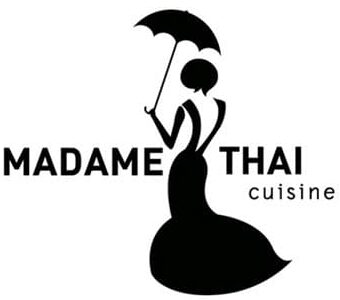
Madame Thai Cuisine is not just a restaurant; it’s a culinary journey through Thailand’s vibrant and diverse flavors. Our story began with a passion for sharing the authentic tastes of Thailand with the world. Situated in the heart of [location], Madame Thai Cuisine has been a beacon of Thai culinary excellence since [year of establishment]. Our commitment to using only the finest and freshest ingredients, combined with traditional cooking techniques, has earned us a reputation as a go-to destination for exquisite Thai dining.